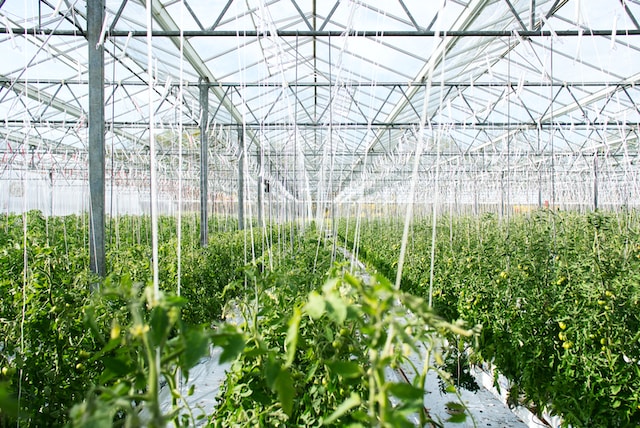Hemp has grown more popular in different states of America after its legalization in 2018. It is a low-maintenance plant with great profit. With various industrial uses, including being a source for oilseed and fiber, it has become a highly lucrative plant for most farmers. Its future is promising as the industry is estimated to be worth billions of dollars in 2025.
While hemp farming is a good idea, without planning, you may incur losses. As a new farmer, you need to understand set rules, such as taking your hemp to Colorado Certified Hemp Testing Laboratory for accreditation. These steps will give you an insight into what to do as a new hemp farmer.
1. Do background research
The idea of venturing into a new practice or business can be so thrilling. However, resist any pressure to do things in a rush. So much excitement can lead to inadequate planning and undesirable results. For this reason, take some time off to process and understand what you are getting into.
Before making the next move, gain as much information about hemp farming, including your state’s regulations. You do this by talking to farmers or doing online research. Understanding what hemp farming involves helps you decide whether or not to proceed with the idea. Part of this is looking for an association or group for hemp farmers in your test.
2. Look into your goals
Goals are essential as a source of motivation and direction for your operations. They keep you in check and aligned to your desired outcomes. While formulating plans, ensure they are realistic and make sense to you. Having your goal in mind helps you come up with ways to work towards the same.
Have a clear understanding of the hemp products you want to produce and your target market. Knowing your end game allows you to create a linear path to success. While some farmers grow the plant for seeds and fibers, others grow it for CBD oil. First-time farmers should set lower profit margins to avoid instances of disappointment.
3. Establish your customer base
Knowing who your buyers are will help you purchase the right strain of hemp seeds to grow. Consult different manufacturers of hemp products to understand the products which are high on demand. Identifying your potential customers before harvest season mitigates the risk of losses.
Unlike other crops such as corn which can be preserved in silos, there are no storage components. Scarcity or lack of customers during harvest time may result in the gradual rotting of the produce.
4. Formulate a business plan
Although this can be challenging to most people, it is a crucial step that helps you discover problems before making any significant investments. While structuring the plan, consider different elements such as your sales, strategy, market overview, financial budget, and operating plan. Source help from an experienced agronomist or consult members of your association if you experience any significant challenges.
While most online sources tell stories of farmers making huge profits, set yours low or modest. Doing this motivates you to surpass our targets rather than lowering your spirits if you fail to achieve your set goals. Although large profits are attainable, first-time farmers have lower chances of seeing the same. However, as you gain experience over time, your sales and profits may gradually increase.
5. Obtain your business license or permit
To grow hemp in your location, you require permission from the authorities. Since licensing and legalities vary for each state, you need to research your area’s requirements. Being on the right side of the law saves you problems in the future.
Consider working with your attorney for a seamless process. Ensure to have all the necessary documents or paperwork needed to register your farming business.
6. Get the needed labor and equipment
You will need several types of equipment to facilitate your farming. For example, if you are starting with seeds, a greenhouse would be the best option. However, if you don’t have a greenhouse, consider getting hemp starts instead. Since it is a labor-extensive crop, hire several workers and delegate specific duties to them. Their responsibilities may include maintaining proper field conditions, pest control and culling.
Like any business venture, proper planning is essential for any first-time farmer. Looking into important things like your goals and state’s requirements will save you much hustle in the future.







